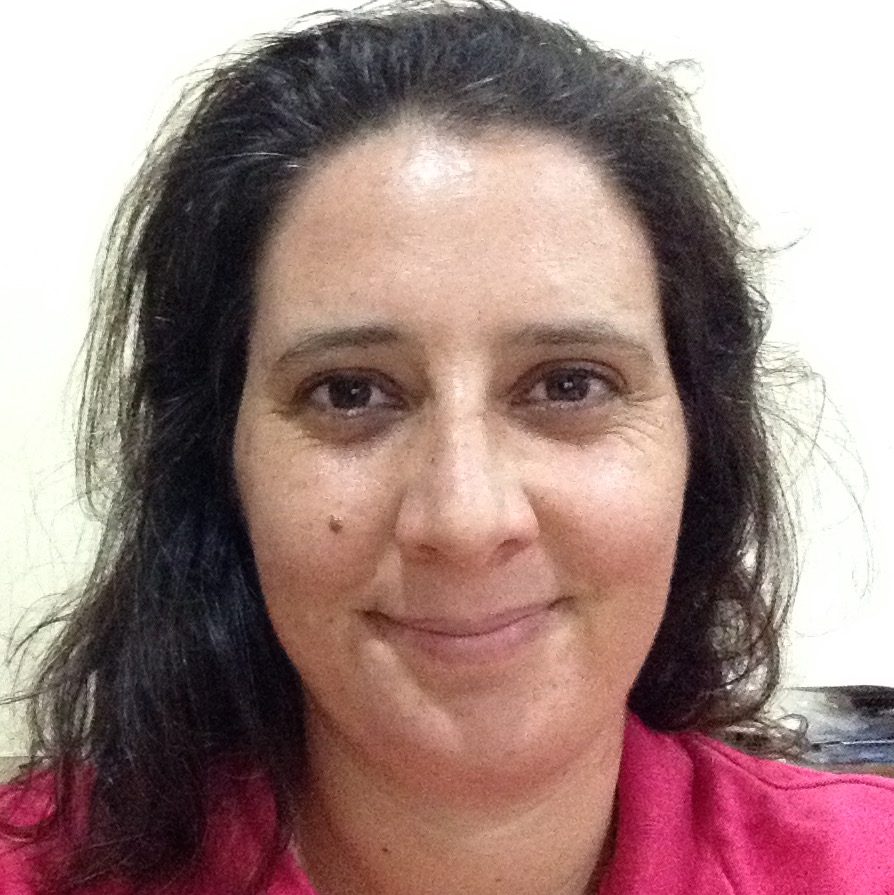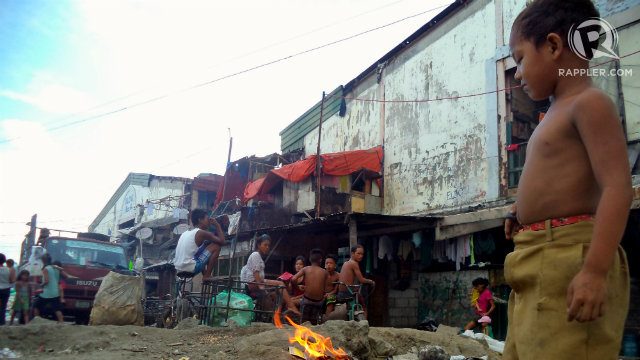SUMMARY
This is AI generated summarization, which may have errors. For context, always refer to the full article.

On Tuesday, November 17, an 11-year-old girl arrived at Bahay Tuluyan with shorts that had been ripped when she escaped “rescuers.” Another group of children on the street have taken to hiding in the crevice of a bridge 15 meters above the Pasig River. When attempts are made to “rescue” them, they jump into the river.
The removal of homeless people from the street leading up to international events is not new. The Pope’s visit, the 2012 gathering of officials from the Asian Development Bank, and now the APEC Summit are just the more recent examples.
In fact, today’s clearing operations have their beginnings in the first APEC Summit held in the Philippines in 1996 during which massive numbers of squats were demolished and street people “rounded up.”
This makes Mayor Joseph Estrada’s admission that the motivation for removing people from the street is “to take care of our country’s image,” almost refreshing. At least we are starting to get closer to the truth.
The DSWD has consistently claimed that removing children from the street is “rescue,” or, more recently “reach-out,” a process of saving children from the harm and dangers of the street. (READ: Homeless won’t be forced out of Manila streets during APEC – DSWD)
Yet if you ask a Filipino child on the street in Manila what “rescue” means they will translate it as only one thing – “huli.” A study by Bahay Tuluyan released in 2008 has shown that the practice of “rescuing” street children, as carried out by the Philippine government is indiscriminate, involuntary, harmful, and ineffective.
Children’s rights are violated at almost every stage of the process. In the past few weeks, many street children have felt hunted by government officials crawling the streets looking for them. They are ready to haul them into trucks, take them to poorly resourced shelters, and then release them in a week or so, once the visitors have left.
Using “child protection” as a guise for arbitrarily arresting some of the Philippines’ most vulnerable people is completely unacceptable. Everybody would like to see every child growing up in a safe and caring family environment, accessing good educational opportunities and with child-friendly places to grow, play and develop.
However, simply snatching children off the street will not achieve this goal. Children with street connections in the Philippines are pushed and pulled onto the street for a variety of factors.
Children’s rights
While poverty is an underlying theme, it is not the whole picture. The informal economy of the street attracts many children – it is a place where they can eke out a living for themselves and their families.
Other children are escaping abuse and violence at home. While others are simply looking for a place, in one of the world’s most densely populated cities, to play.
Policies that seek to address the issue of children on the street should be comprehensive and holistic and most importantly, long term. Children who have formed their identity on their street and find their support systems there will not simply leave that behind because of APEC.
Depriving children and families of livelihood because the powers-that-be find street vending unattractive causes severe hardship. Chasing children who have escaped violence and abuse back home can be devastating.
Forcibly detaining children against their will, with no questions asked, to impress foreign visitors, is not “rescue” and does not help. Moreover, it increases the distrust that children have of authorities, making it harder to provide interventions in the long term.
Pride over rights?

When Bahay Tuluyan released its study in 2008, the DSWD responded proactively by introducing new minimum standards for taking children into protective custody.
By closing the Reception and Action Center (RAC) in January 2015 for serious violations of children’s rights, not least of those being against Frederico, they indicated that perhaps they were ready to implement their own standards. (READ: DSWD to shut down facility where Frederico was found)
The actions that have taken place on the streets of Manila this month, including allowing the re-opening of RAC Manila just in time for APEC, have suggested otherwise. Once again, guises of “child protection” are being used to arbitrarily detain children.
While many of the actions taking place on the street in Manila are being directly and strategically carried out by officials of the City of Manila, the national government cannot deny its complicity.
Hundreds of “rescued” street people are being held in the nationally-run Jose Fabella Center in Mandaluyong while personnel of the national MCCT program are actively involved in patrolling the streets. Moreover, surely the national government has responsibility for monitoring the implementation of its own standards?
Taking pride in the Philippines and in Manila is a good thing. Using this pride as a reason to commit mass unlawful arrests is not. Perhaps, it is also time to question our assumptions about foreign visitors and what they think of the Philippines.
Firstly, let’s acknowledge that they also read the papers and see the photos. They are not conned by this cover-up. But secondly, like me, perhaps it is the beautiful resilience and vibrancy of the Philippine people, rich and poor, that attracts them to the Philippines.
Next time the Philippines hosts an international event about inclusive growth, why don’t we take the lead from Australian street artist Kaff-Eine, who has stunningly captured this resilience, in her recent Phoenix project with residences from Happyland in Tondo.
She, and her Filipino collaborators Geloy Concepcion and Geric Cruz, do not see something that shames the country, but see beauty rising from the ashes of some of Manila’s most marginalised (and least visible) communities.
Manila’s street children are complex, unique, beautiful people that deserve the best we can give them – sagip, not huli (save, not catch). – Rappler.com
Catherine Scerri is the Deputy Director of Bahay Tuluyan, an NGO promoting children’s rights. To learn more or to participate in this movement, you may contact Bahay Tuluyan at +63 2 254 0213 and info@bahaytuluyan.org.
Add a comment
How does this make you feel?
There are no comments yet. Add your comment to start the conversation.